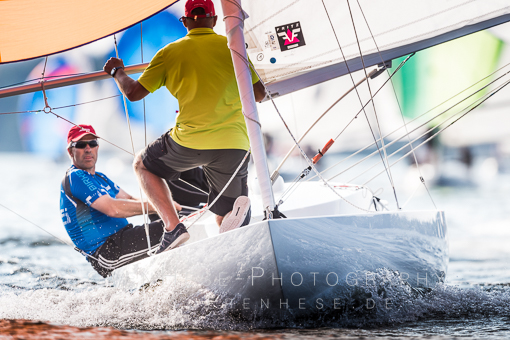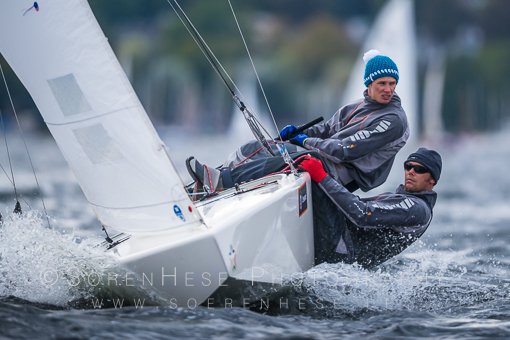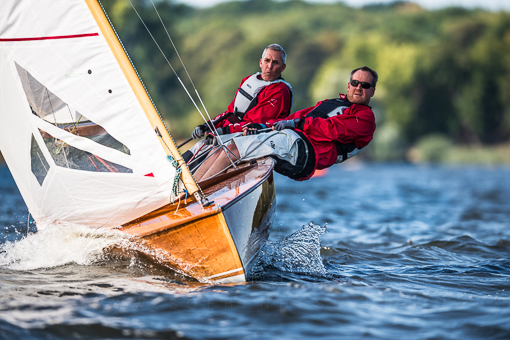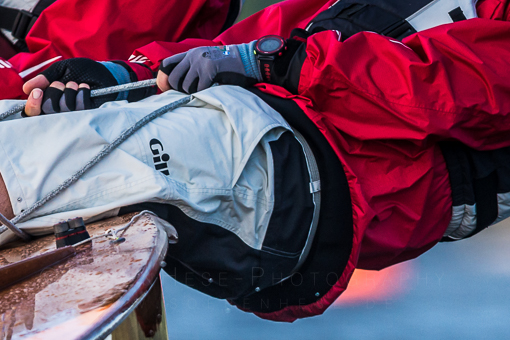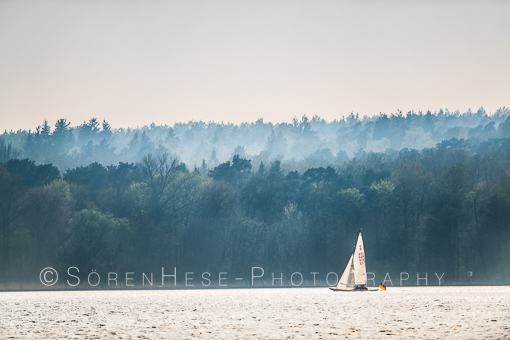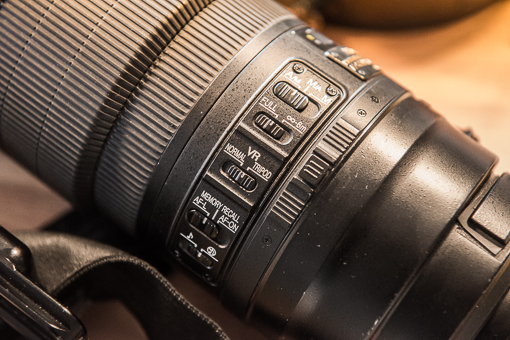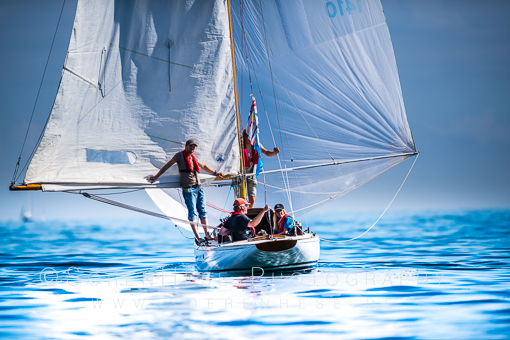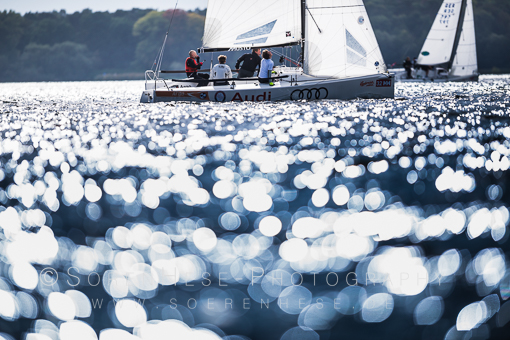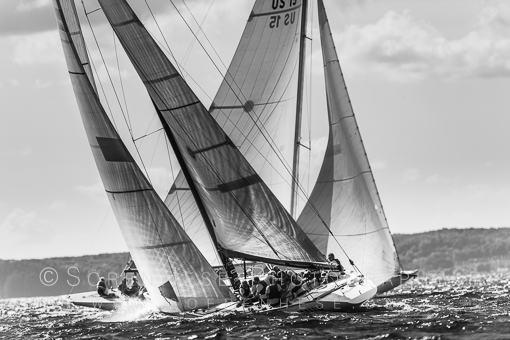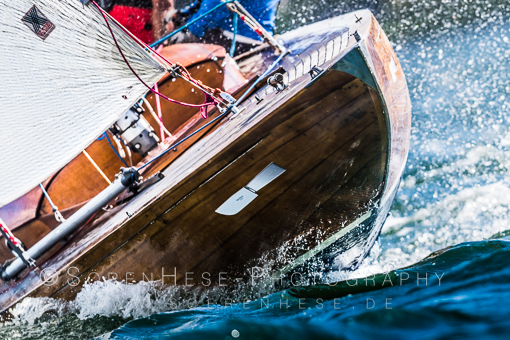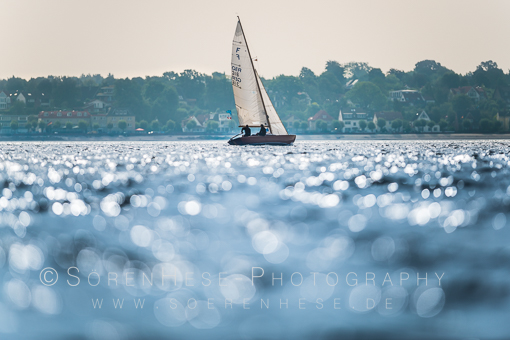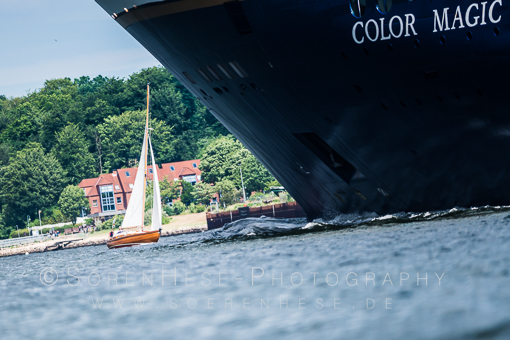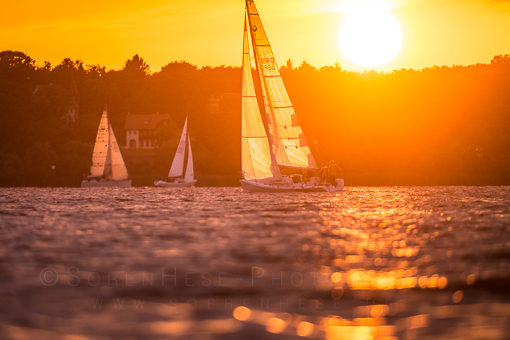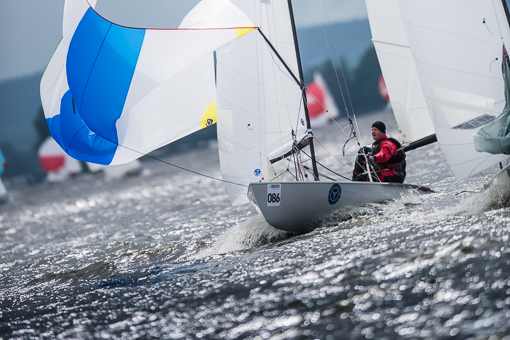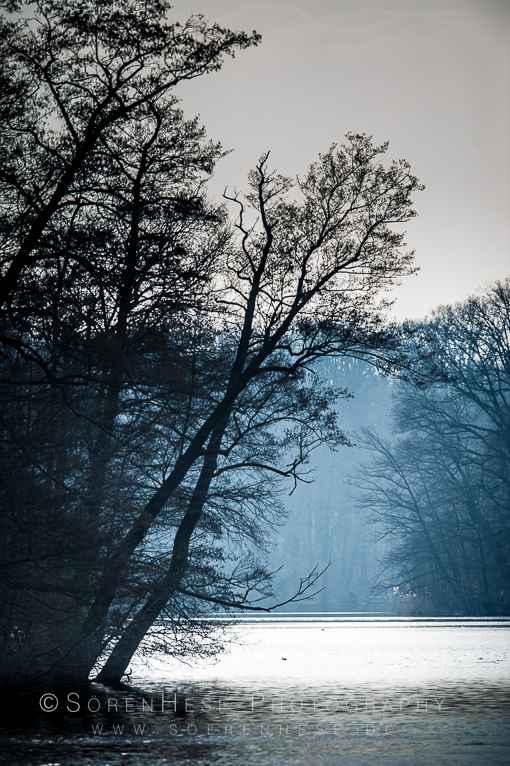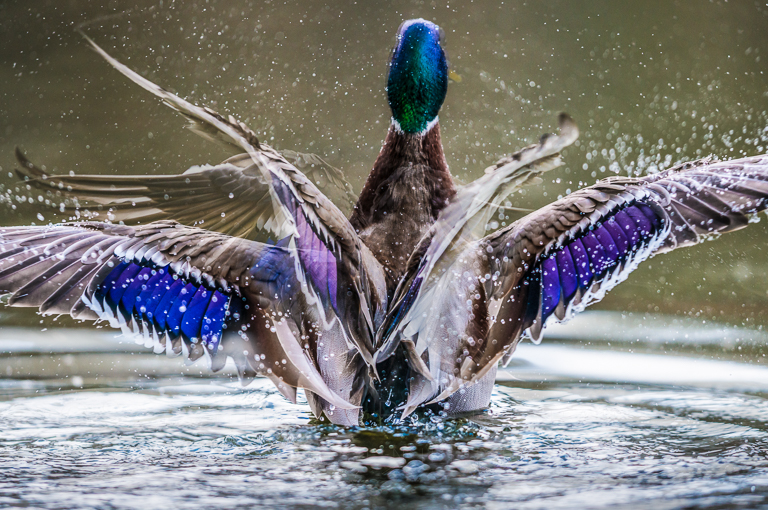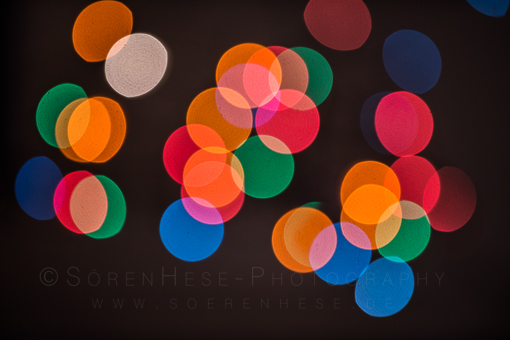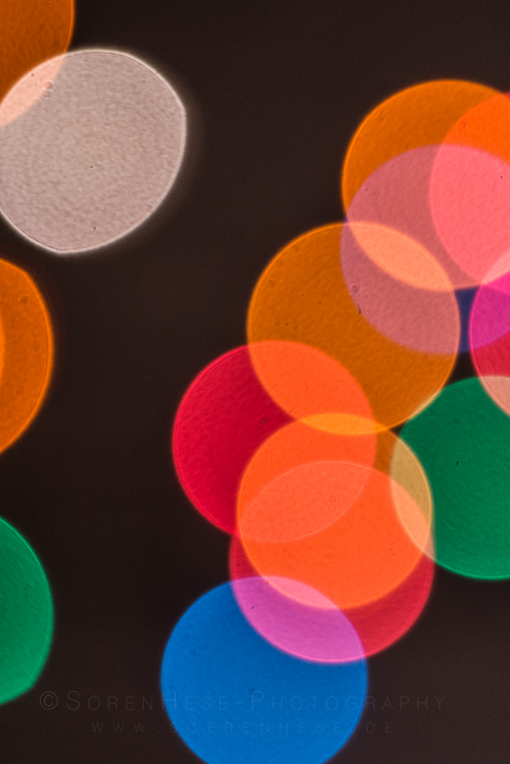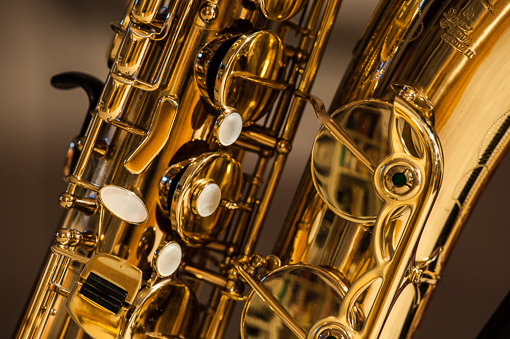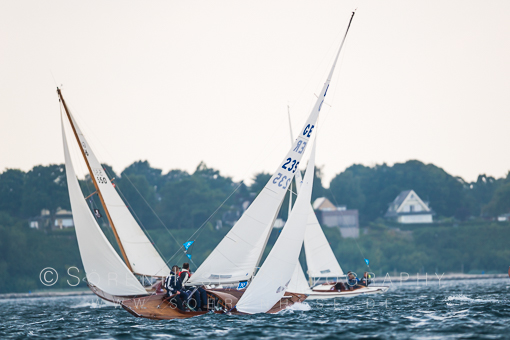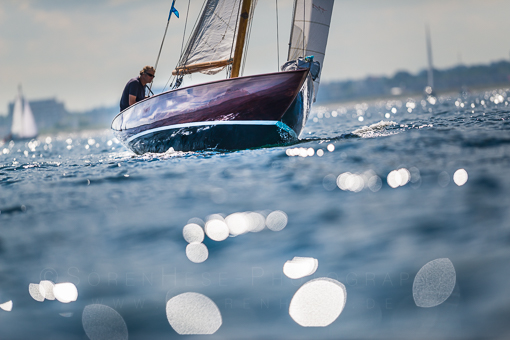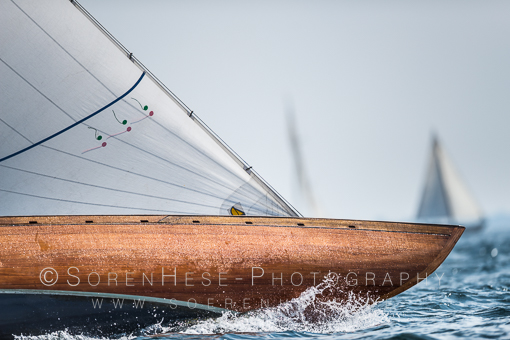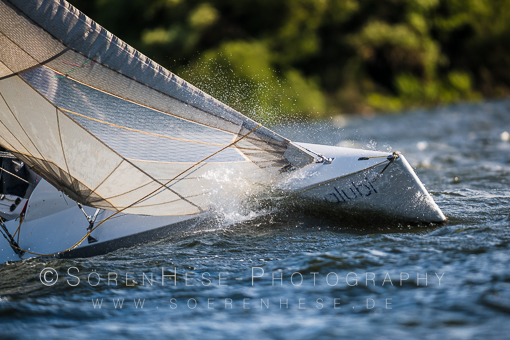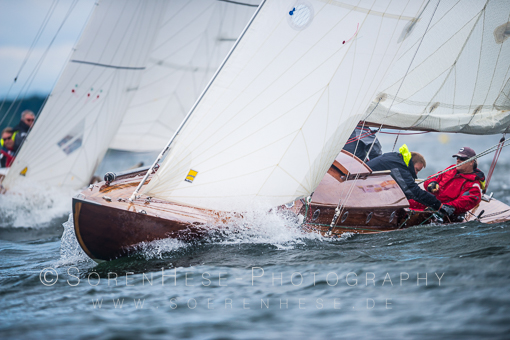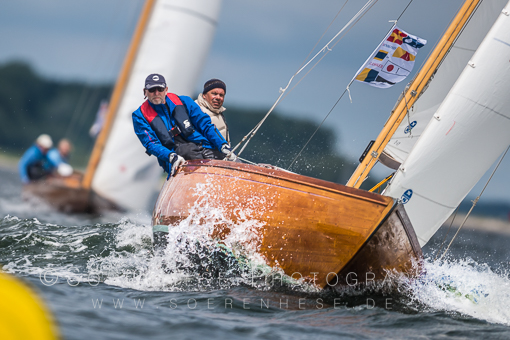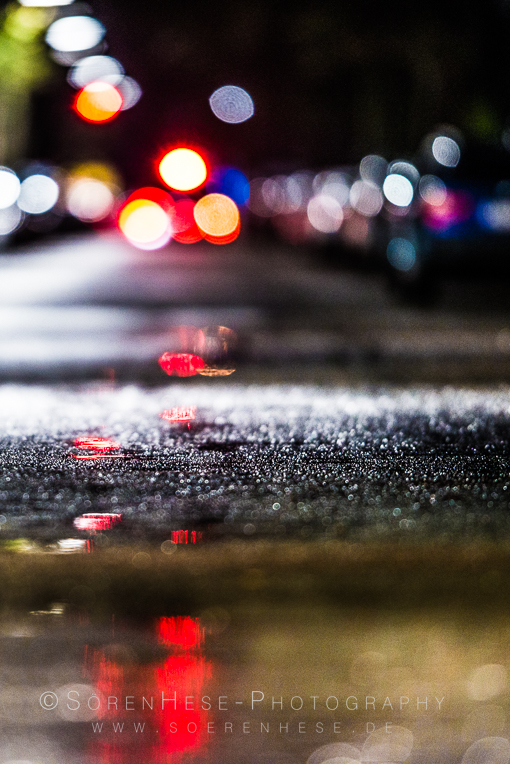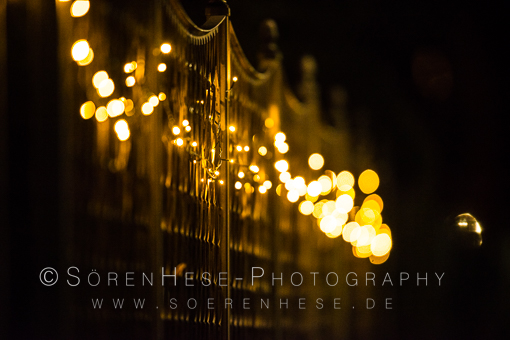400mm at its best – shooting the background-blur-king
The mother of all lenses: the Nikkor AFS 400mm f2.8G VR ED
This is one of the lenses that most serious sports photogs have in use regularly. Its THE bread&butter lens of the soccer/football/car racing and swimming/athletics sports photographers. This is a really heavy lens (4.62 kg) and even if you come from a 300mm f2.8 lens design, the size and weight upgrade in significant. Also the price of this lens makes it mostly appear in the hands of those that get assignments and sell some shots. An equipment insurance is pretty much a given when you buy yourself into this level of equipment. Dropping an 7-9k investment is kind of horrifying. However when Nikon upgraded this lens in 2015 the old VR version plummeted in price to the 4500-6000€ region on the second hand market. Its never less a heavy investment and the lens better delivers image quality at this price point.
Well it clearly does. Sharpness is crisp @2.8 also into the far edges and even a wee bit better than my trusty Nikkor AF-S 300mm f2.8 MkI and depth of field at f2.8 is minimal to a point where lens AF calibration plays a critical role to achieve perfectly focused images. Background blur and bokeh are just what you expect. The lens clearly puts every background into a creamy fading soup of smooth changing color tones. Bokeh-balls are well defined without being too edgy. If you up micro contrast to the max some minor onioning is visible within the bokeh balls but you have to search it. Bokeh is a bit “better” (less nervous) than using the AFS MkI 300mm f2.8 and adding a TC14mkII. You can also add the TC14 to the 400mm and you get a nice and very sharp 550mm f4 lens (you will also need a new AF-lens-calibration set for that combination).
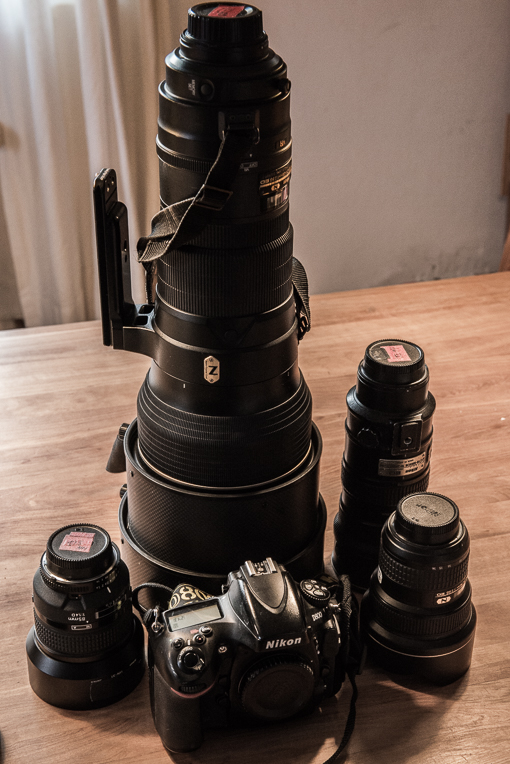 Fig.: This lens is big, it even dwarfs the 14-24 or the 70-200 – getting used to this size makes you feel liberated when you hold the 70-200 setup.
Fig.: This lens is big, it even dwarfs the 14-24 or the 70-200 – getting used to this size makes you feel liberated when you hold the 70-200 setup.
Autofocus is the fastest I can remember when compared with other lenses and the Nikkor AF-S 300 mm f2.8 designs are already fast focusing (I can only compare to the AFS mkI version – the most recent incarnation focuses possibly as fast as the 400mm AFS VR). There is no color fringing at all @f2.8. Even the far edges seem to have no signs of CA. You will hardly need any CA-control in post processing. Even in out-of-focus areas CA is nearly absent – there is a tiny amount of green/purple tint but its hard to find. VR (its Nikons VRII generation) is very efficient and clearly helps to stabilize some shots. I usually do not test the VR function much. Its a pretty much an overrated feature imo, for some sports its just useless as you will need very short exposures anyway to get the shot. Its however very useful when you do stabilized pans of moving objects.
READ MORE:
Resolution Demo (36MP D800 NEF file): original raw image file layout without cropping:
Cut-out subsets with high res. details:
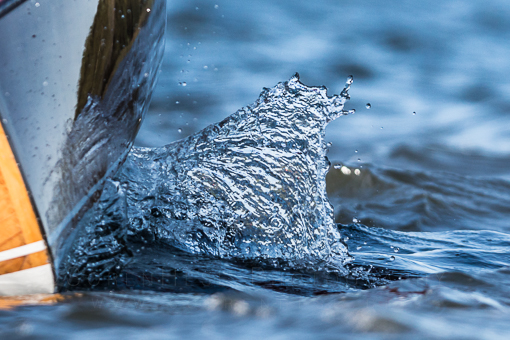
Another nice Add-on with the 400f2.8: it easily transforms to a 550f4 and towards a 800f5.6 when combined with tele-converters. This lens works very good with Nikons TC-s (the mkII and mkIII TCs) – to a point that you in fact travel with a 800mmf5.6 when you add the TC2.0eIII. I used to keep the TC1.4eIII on my 300f2.8 often. It just worked flawless as a 420f4 lens (edges got a bit soft but that never worried me much as the center was sharp as hell). The same seems to apply to the 400f2.8 design when you add a TC1.4 but the edges keep up better. The 300mm/TC14 had another drawback: it never really was reliable focusing very distant objects – I tended to close the aperture for these shots – this is different with this 400f2.8 – the lens is sharp at distant objects when the atmospheric conditions allow it.
The lens tripod foot is – as usual – the Achilles-heel of these lenses. It just cannot stabilize the lens. To me it seems as if Nikon has a contract with ReallyRightStuff – to keep them alive the camera/lens industry just creates ridiculous lens foots. The replacement from RRS works flawless and is a much more sturdy alternative with a nicely rounded back side that makes holding the lens upside-down easy.
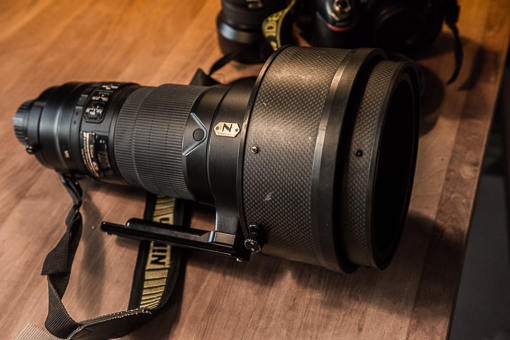 Fig.: ReallyRightStuff lens foot replacement for the 400mm f2.8, works much better and has less flex.
Fig.: ReallyRightStuff lens foot replacement for the 400mm f2.8, works much better and has less flex.
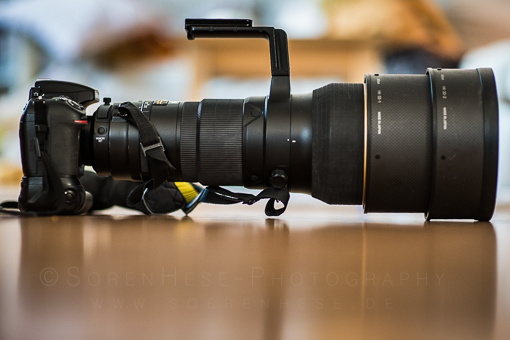 Fig.: Original large Nikon lens foot (with an arca plate attached), Nikon also provides a smaller one.
Fig.: Original large Nikon lens foot (with an arca plate attached), Nikon also provides a smaller one.
Obviously build quality is top-notch – but all the f.2.8 tele lenses from Nikon are full metal constructions that are build to a very high level.
The lens shade (HK-33) comes as nice carbon optic fabric two-piece system that is easily snug-fitted on the lens. It creates this huge lens dimensions that the lens front is well known for. It doesn’t add much weight but gives a better balanced shape for hand holding everything and also protects the front element effectively from water spray and other stupid happenings (dropping the lens-camera combination and smashing the front lens … ). The replacement hood costs more than what most people want to spend on a real lens (600€). It can be mounted in reversed position and folds nicely together. In the compressed position the lens hood can be used as a small lens hood variant or be stored on the lens in reversed position. Its clearly visible why the two-piece construction is needed here. The lens hood otherwise could not be stored in reversed position. The tripod foot is in its way.
The lens has AF-Stop capabilities, two different VR modes, an autofocus position preset and features 3 different AF-Modi. Manual focusing is a breeze with a well dampened and very (maybe too) smooth focus ring (the AF/M AF-Mode is supposed to reduce the sensibility of the manual focus ring but I don’t find this to be very effective). There is the danger to through the focus out of spot-on locking when you touch it while holding the lens. I usually do not touch these controls at all. VR is usually on “Normal” (and off), Focus range on “FULL” – putting it to “6m” avoids front lock., AF modus is on “AM” and I do not use the memory recall function – although it could be handy at times. The VR mode changer is a ring switch that is ok to use – for most of the sports shootings I do not need VR at all but for some shots in the back-country looking for birds its nice to have and for panning a shot it can give very good results.
„hand holding“:
To get this done you need some training – a 6 kg barbell will do and a dedicated training program for the shoulder fitness will likely be helpful :-). The problem with hand holding these lenses is however that the weight isn’t symmetrically distributed – its a left-arm-does-it-all problem. And the left side weight situation tends to bend your spine – causing some pain after a day of serious shooting on a boat.
With this lens you better have a tripod ready. But the shots that I do mainly – on water – are hardly possible with a tripod or a monopod. On a moving boat a monopod will not work very well. It would keep the camera-to-boat level distance constant but as we all do move with our legs and knees in order to compensate the movement on a boat – it is very difficult to frame a shot with a monopod and also quickly changing the height above the sea level is difficult than. You have not much flexibility on a boat with a monopod and you should also keep in mind: usually being on a rib you do not have much space to organize yourself – when the action within a sailing race gets going there is hardly time to adjust a tripod leg etc. You grab the lens/camera combination that is needed for the selected distance, calibrate for the moment and try to exactly frame peak action or a powerful wide scenery. After 5 seconds you change to the 70-200 setup and you need to put the 300/400mm setup somewhere – with a monopod you will have to remove part of the setup first – this is just not working. The viewfinder position will also constantly move away relatively to your eyeball position. Thats also why you will hardly see a yacht photographer with a monopod on a moving Zodiac.
On the other hand – holding big lenses imo stops somewhere between @300mm-f2.8 and the 200-400f4 setup – this non-FL 400mmf2.8 weight (4.6 kg the lens + 1.5 kg the camera body) is just above the level where you want to hand-hold the lens for longer periods of time but it is possible when you are prepared to handle it as real sport and pain in the back is not a dominating problem for you … so far :). I take it as a sport and as a challenge to get the best out of using this lens but when the FL version comes down in prices I will definitely switch to the lighter FL version.
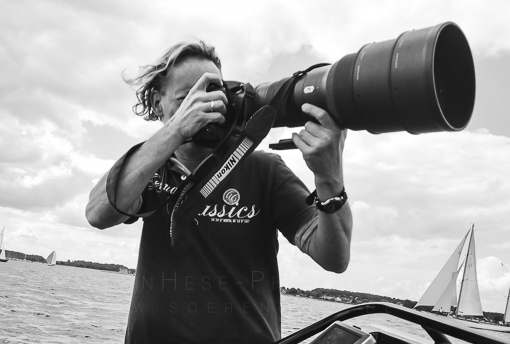 Fig.: Hand holding the beast at the German Classics 2016 with lens hood attached (image (c)2016 by Nicole Ziercke).
Fig.: Hand holding the beast at the German Classics 2016 with lens hood attached (image (c)2016 by Nicole Ziercke).
To get very strong object to background isolation and better background blur there is however no alternative. The new FL version of the 400mm lost 1kg and would be the ideal choice though hardly available with acceptable second hand pricing.
Raincoats: there are two different rain coats available for the lens. One comes from Aquatech (AWS Large) and the other from ThinkTank (Hydrophobia 400-600). I like both manufactures but ordered the version from Aquatech. Basically only because I don’t like black coats too much. From a functional point of view I think both work very well with the 400f2.8. The ThinkTank version can be stored on the lens hood directly and it has a lens cap included. The tightening system seems to be a bit easier to work with but I like the Aquatech for its simpler design and also like the quality of the 3-layer Gore-Tex-like fabric they used (the ThinkTank version is similar). I am using a ThinkTank raincoat for the 70-200 and it also works flawless – so I guess it wont make much of a difference. Both systems protect your lens efficient even in very heavy rain or off-shore when full wave spray hits you. I usually have a towel available to dry the front lens.
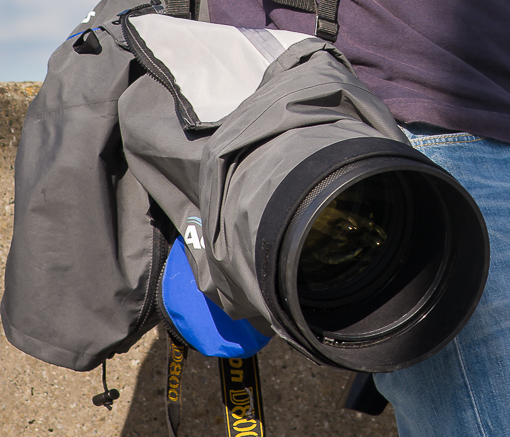 Fig.: The Aquatech lens coat for the AFS 400mm f2.8 (image (c)2016 by Ekke Erben)
Fig.: The Aquatech lens coat for the AFS 400mm f2.8 (image (c)2016 by Ekke Erben)
Basic considerations: why would you want to get the 400mm beast? Mainly two things here:
1. background blur / subject isolation and
2. speed (both AF and shutter).
The background blur just makes it easy to isolate a person but it will also remove clutter and objects from the background that could distract from your main subject/object. Additionally you can remove the horizon from some imaging concepts and this creates a very powerful isolation effect. Subject isolation keeps the attention of the observer on the focused area but it also can generate a graphical isolation-effect that puts the object into a very loose context to its environment leading to a dream-like atmosphere. These kind of shots are usually creating a lot of visual/graphical power. There is more – the foreground can be composed with nice bokeh balls if you have some glitter within your frame. Size, character and shape of the bokeh balls depend on the lens and on the distance settings to the glitter / focus point.
The high shutter speed will allow you to freeze water in all its shapes and movements. I am usually shooting the lens with 1/4000 – 1/8000 second. This consequently freezes water movements. You can do the same with high ISO values but you will always loose per pixel sharpness and acuity when you do this. The trick is to get both systems right: low ISO/high shutter speeds/low f-stop numbers and perfect position of the sharpness/focal plane.
Drawbacks:
- Clearly weight – this isn’t so much a problem anymore with the most recent incarnation of the 400mm lens (FL-version). In practical shooting situation without a monopod where you have to grab the lens, the process to move the camera to your eye-level is way too slow to react quickly. I found that I lost some shots mainly because I could not move the lens quickly enough after a day of shooting – I just got tired to move the lens securely. This is clearly an difficult aspect but once you have the lens in place and your AF-calibration is correct – the image quality is just mind blowing.
- The big front element quickly collects water spray and this shows immediately as low contrast in your shots.
- The lens occasionally searches for focus and gets lost in a front focus lock. Regaining focus from this focus position is sometimes difficult and in this situation the focus distance presets are helpful. So far I am not sure if this is more related to the D800 or a lens issue but I will come back to this after testing with the D810 or whatever follows in 2017/2018.
- One minor drawback: bokeh balls can under specific circumstances show onioning: I don’t like it – its not very dominant (compared to lenses that have plenty of it (Sigma 50mm comes to mind) and you will have to increase local micro contrast and scale the bokeh-balls to find it but its enough to be visible and if you are very nitpicking on very specific lens characteristics this might be something you will also find occasionally.
Alternatives:
- Obviously the E-FL version of this lens – for me the direct upgrade path in some years.
- Maybe the Nikkor AFS 200-400mm f4, but this lens-design is suspected to have a far range sharpness problem (multiple sources in the net have mentioned this problem – nikongear/dpreview/bythom) and I find that a real problem at 400 mm. At 400mm you usually have to deal with the atmospheric conditions anyway – heat waves can generate a lot of problems and cause blurry images at this focal length. Having a lens that isn’t critically sharp for distant things just adds to the various factors that can mess up an otherwise perfect image. It just gets more complicated to capture repeatable clean images with critical in-focus objects when one component is constantly compromised. At f4 there are also other lenses that should be considered.
- At f4-5.6 one should also check the new Nikkor AFS 200-500 f5.6E ED lens. Its very affordable priced and online reviews mostly seem to indicate that the lens is a very good performer. At f5.6 however the power to isolate your subject is reduced. I will likely give the lens a test run in 2017. Zooming from 200 to 500mm is sometimes rewarding, but once you tasted the quality of the background blur / resolving power of the 400f2.8 its hard to go back to something else.
Lens reviews online:
- ByThom on the 400mm
- NikonGear links to this lens
- PhotographyLife
- DxO on the 400 variants
Full specifications are here:
https://www.dpreview.com/products/nikon/lenses/nikon_400_2p8g_vr/specifications
http://imaging.nikon.com/lineup/lens/singlefocal/Telephoto/af-s_400mmf_28g_vr/
Some shots from 2016 with this lens:
